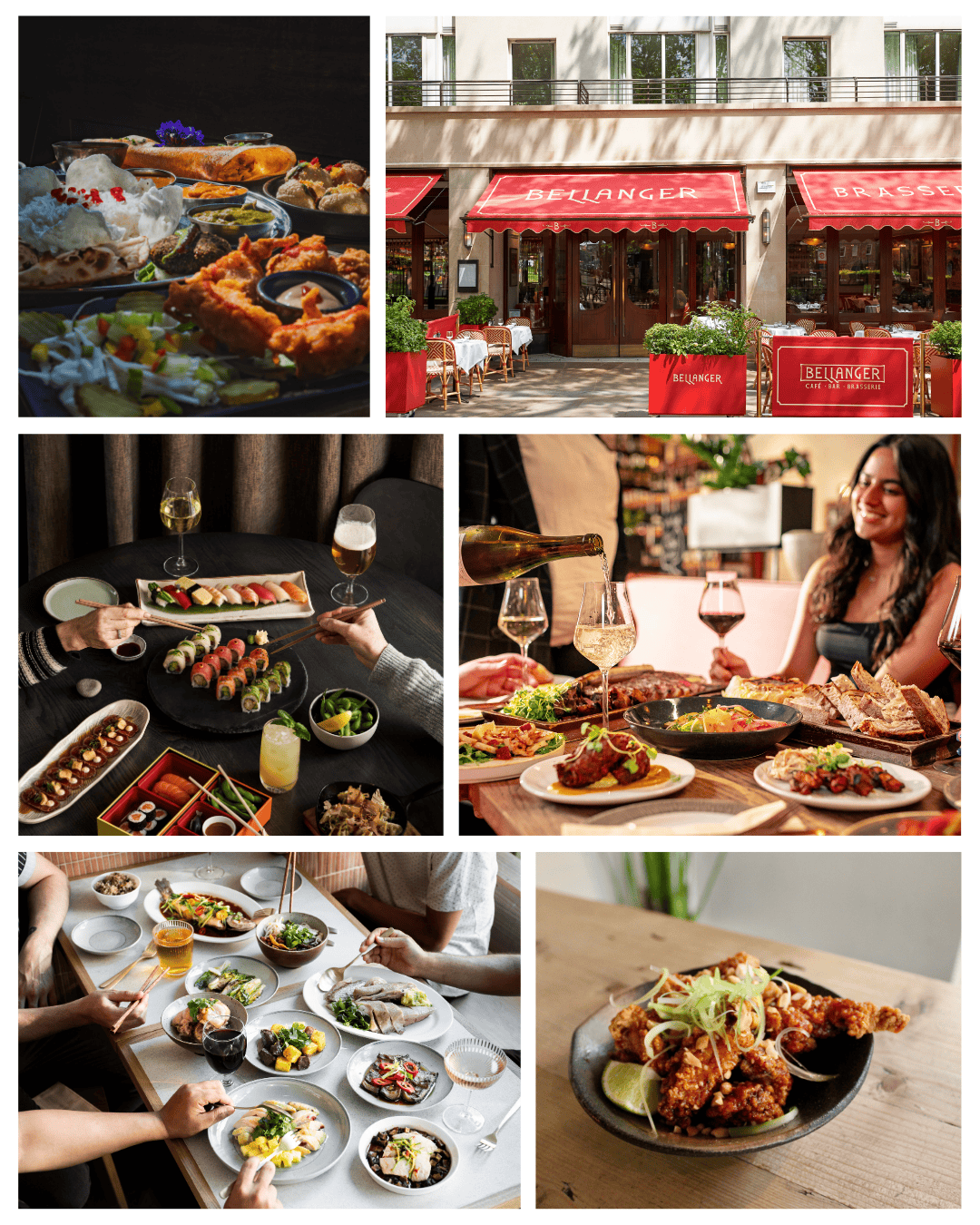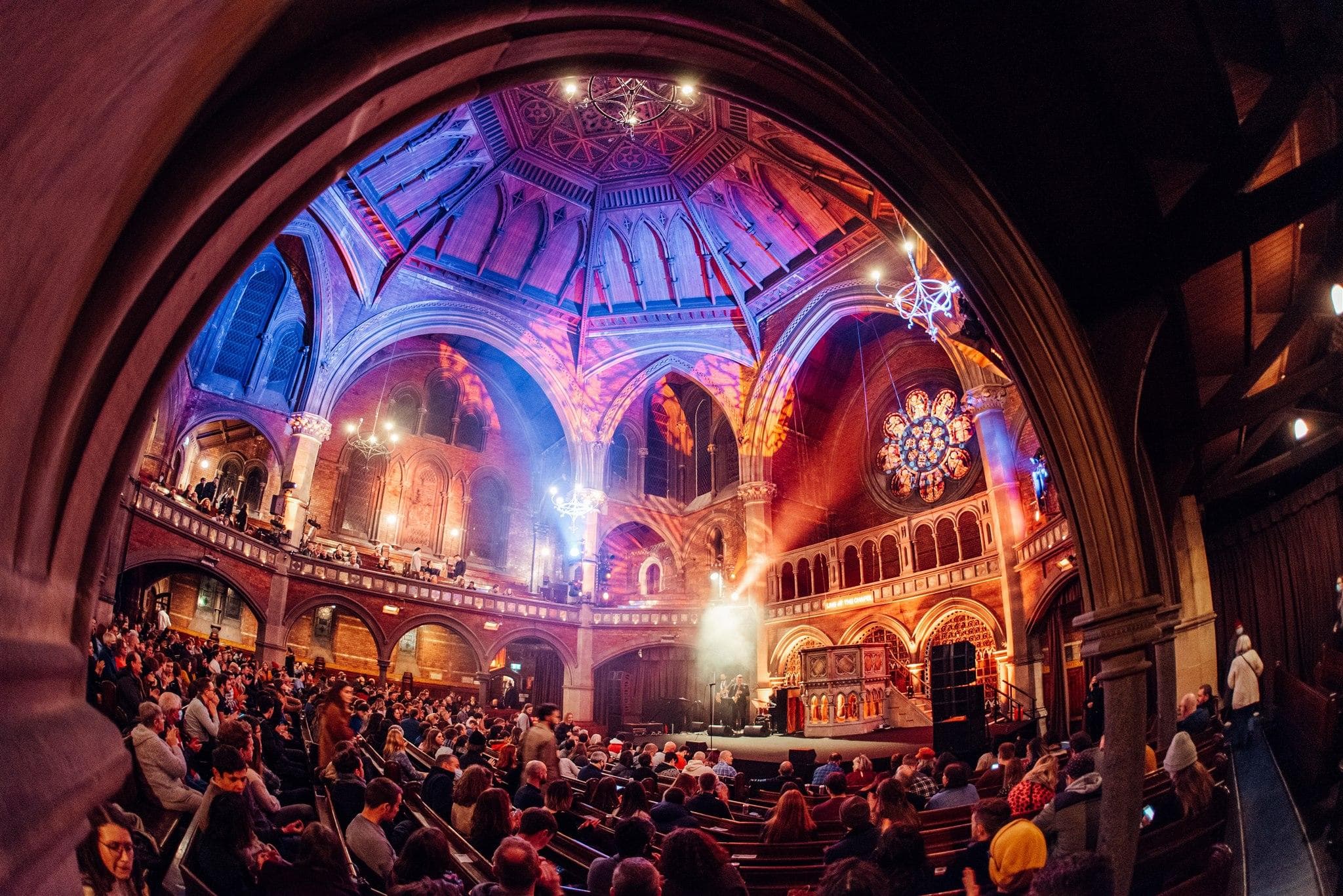Take a trip through the history of the BDC with our 'History Of' series. Here, we start at it's beginning, in the late eighteenth century
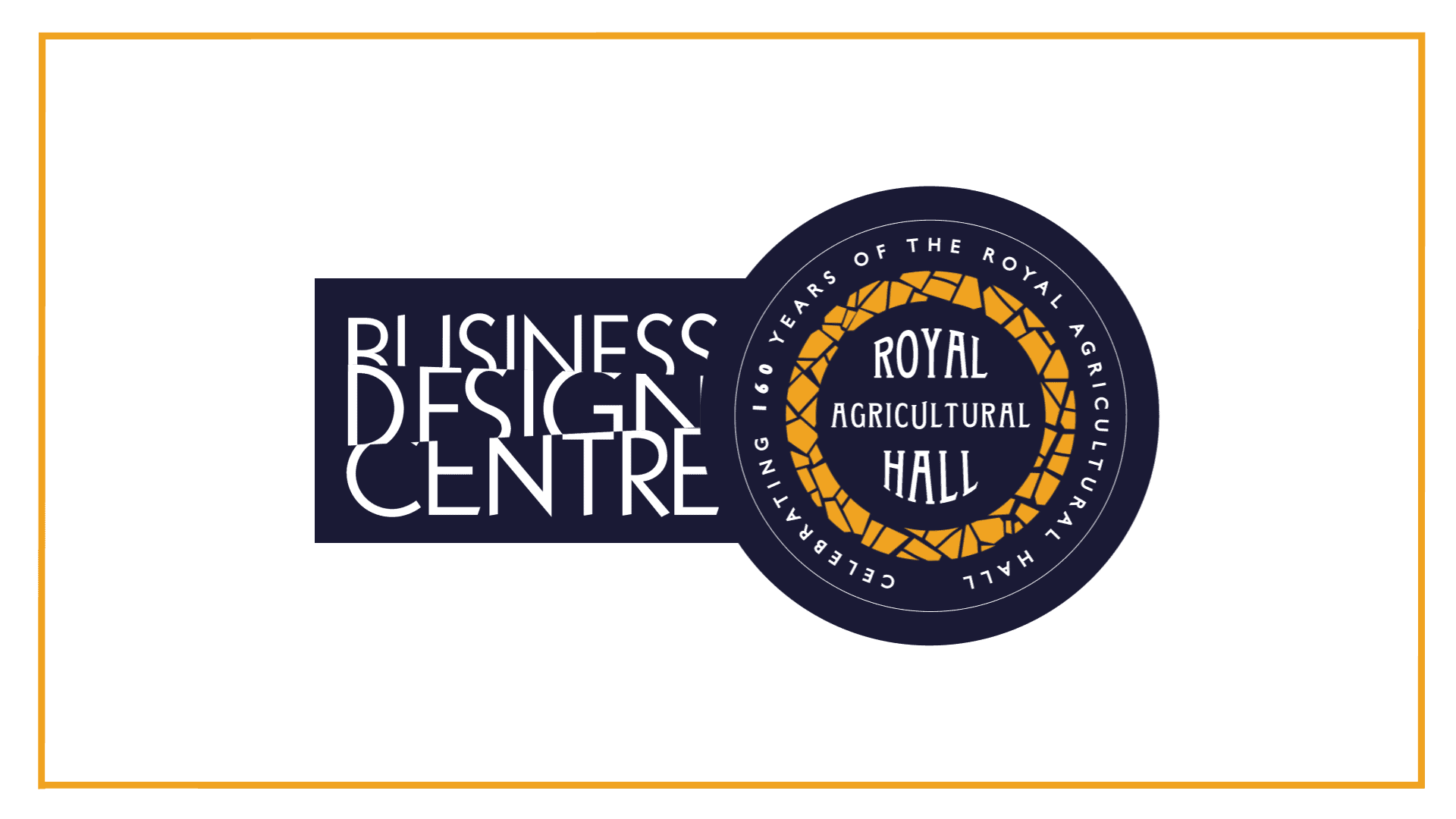
2021 marks the 160th birthday of the building that we call home here at the Business Design Centre. Formerly known as the Royal Agricultural Hall, since its construction in 1862, the much loved Victorian building has enshrined itself in Islington folklore, hosting Royalty, Prime Ministers and celebrities alike.To commemorate this incredible anniversary we are thrilled to bring you a series of articles detailing the history of this astonishing building, from its eighteenth century beginnings right up to the present day.
After looking at how and why the Royal Agricultural Hall was built in the first part of our content series, in the second edition we will explore the role it played in society in the late 19th century and the early 20th century. During these years the Royal Agricultural Hall was in its pomp housing the finest shows and exhibitions of the day.
More Than Just a Hall
Built initially to house the Smithfield Club’s increasingly popular agricultural shows, the new Agricultural Hall quickly became the venue of choice for a wide range of other event types. From the World’s Fair, to The Great Walking Races, to a royal Grand Ball, for almost 80 years ‘The Aggie’ was at the heart of London’s social scene. Royalty were such regular visitors to the building that in 1885 consent was even given to add the prefix ‘Royal’ to its name.
To illustrate the diversity of the exhibitions, shows and events that took place in the Royal Agricultural Hall during this period, we have looked in-depth at a handful of them.
Agricultural Shows
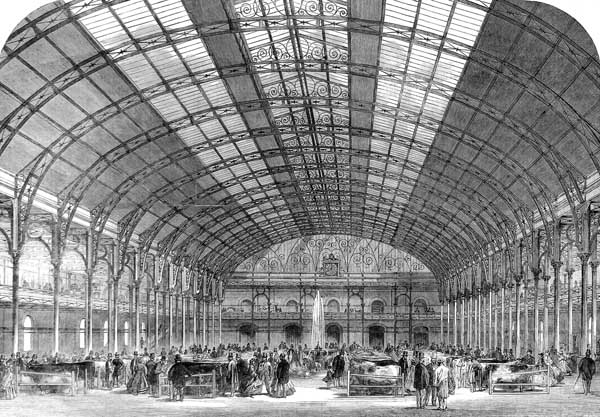
As its name suggests, the main purpose of the Royal Agricultural Hall was to cater for large-scale agricultural events – and that is exactly what it did. The first Smithfield Show to take place there in 1862 attracted an astounding 134,669 visitors! Those who attended the show recalled a scene similar to that of a railway terminal in the building’s main hall. Like trains waiting at a platform, five long rows of cattle stalls were swamped with throngs of pedestrians.
The Smithfield show continued to take place every year at the Royal Agricultural Hall in the first week of December, regularly attracting over 100,000 visitors. Tragically in 1874 the show was the victim of a deadly London smog which caused death and suffering among many of the cattle. Fortunately this set back was only temporary and the show returned the next year stronger than ever.
Without another rival London location until the construction of Olympia in West Kensington in 1884, the Royal Agricultural Hall was the premier venue for agricultural shows in the late 19th century. The Dairy Show, horse auctions and carriage sales were all hosted there.
Circuses
Circuses were one of the earliest alternative events to be held at the Royal Agricultural Hall. In December 1863 ‘The Grand Xmas Fete’ was held in the building, featuring 350 performers, 100 horses, 50 suits of armour, a 60-piece grand military band, chariot, steeple chases and a lion. Lord George Sanger, the great circus proprietor even held a lease on the hall from 1870 to 1905 and his shows attracted crowds of up to 37,000 people. Sanger’s most popular event was the ‘Congress of Monarchs’ where representatives of past and present royalty, their courts and carriage, were paraded around the main hall. Queen Victoria was portrayed by a 30ft, 5 tonne float, illuminated by gas, that was pulled by 9 horses!
As with every circus that features exotic animals, those held at the Royal Agricultural Hall were not immune to gruesome accidents. In 1864 the assistant keeper had his arm mutilated by a lion after being dragged into the cage at feeding time. And, in 1866 a 12 ft crocodile even managed to escape from its tank! Luckily, being out of hours no spectators were on the menu.
The World’s Fair
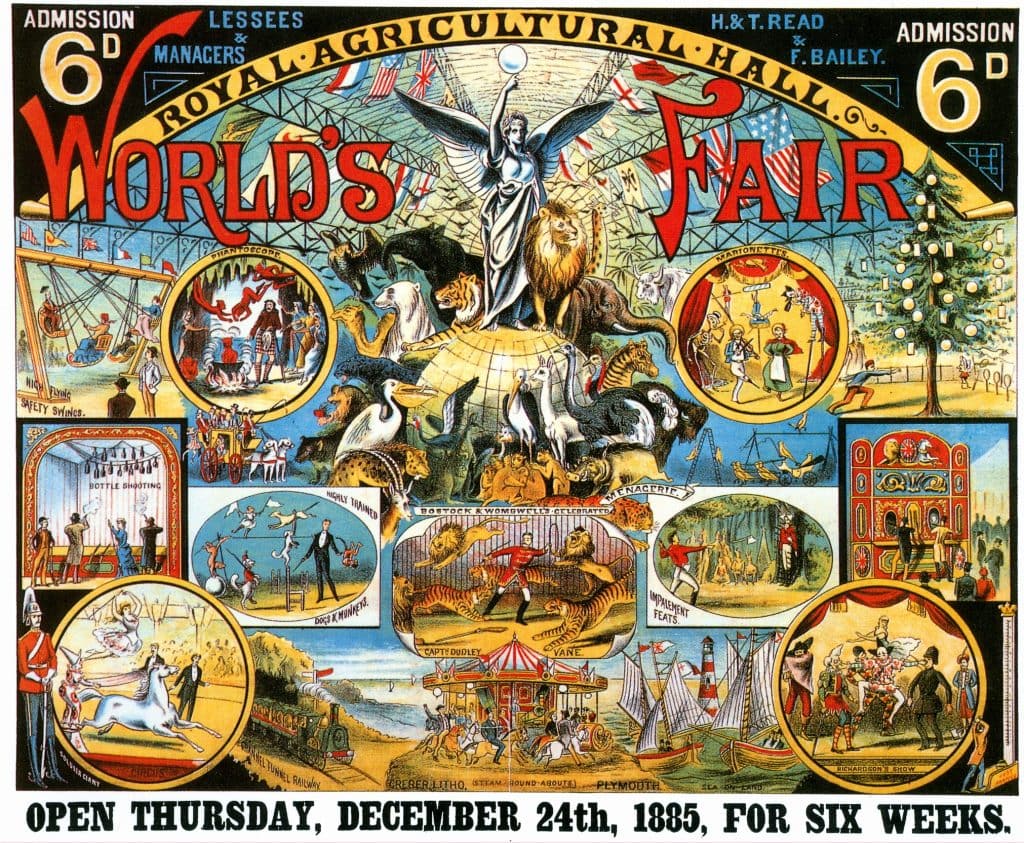
A combination of circus, fun-fair and zoo, the World’s Fair was held annually at the Royal Agricultural Hall after 1883. A modernised version of the ‘Old Bartlemy Fair’ (which had a chequered reputation to say the least) it offered a range of attractions and performances.
Popular attractions over the decades that followed included:
- George Wombell’s Menagerie
- A ‘Monster’ skating rink
- A huge waterfall which issued 120,000 gallons of water per hour
- A tightrope crossing by 70-year old legendary tightrope walker Charles Blodin
- Bill ‘Tornado’ Smith who drove a motorcycle round a ‘wall of death’ a lion in the sidecar.
For over 50 years the World’s Fair remained a favourite fixture of the Royal Agricultural Hall, attracting large crowds for weeks.
Belgian Grand Ball
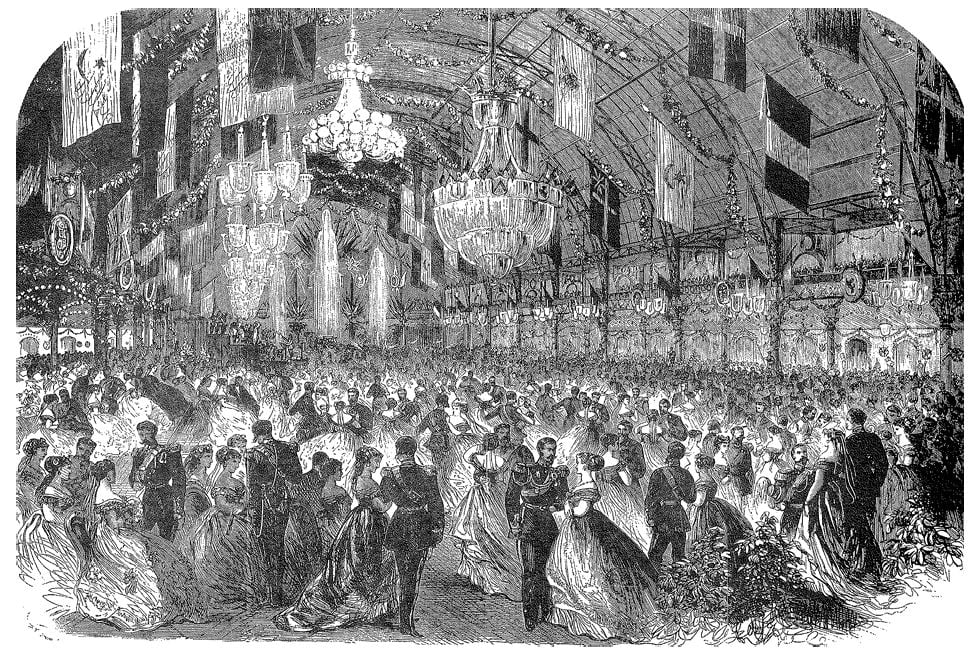
Held in 1867 the Belgian Grand Ball was arguably the most prestigious event to ever take place in the Royal Agricultural Hall. The purpose of the ball was to help cement Britain’s relationship with the relatively new state of Belgium as the Belgian Volunteer Regiments visited England. To mark the occasion the ironwork columns and galleries were painted gold, white and crimson. A great throne was erected at one end and illuminated fountains at the other, while one of the largest chandeliers ever made was suspended from the roof. Among the 5,000 guests in attendance, half of which were Belgian, was Queen Victoria who was still mourning the loss of her husband.
Horse shows, bullfights, military tournaments, dog shows, trade shows, tram exhibitions, light exhibitions… The Royal Agricultural Show hosted countless shows in the latter decade of the 19th century and early 20th century. Not only had it become a building at the epicentre of Islington it had become a venue synonymous with London.
With a crowded calendar of annual events in the late 1920s, ‘The Aggie’ seemed destined for a prosperous future. However over the next couple of decades this turned out not to be the case.
In the next edition of this content series we will look at the demise of the Royal Agricultural Hall after the Second World War and explore how it fell into disrepair in the middle of the 20th century.

